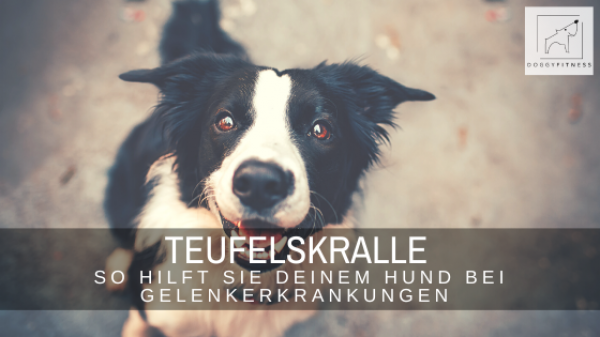Devil’s claw is a medicinal plant native to Africa. However, their effect is now known far beyond the borders of Africa. After being used in humans to treat joint problems, it is now also used in dogs, cats and horses. Devil’s claw dog
It is used for joint diseases such as osteoarthritis, hip dysplasia, elbow dysplasia, etc…. In Africa, it is used primarily for digestive problems, liver and bile problems. Effective is the root of the devil’s claw, which is crushed into fine powder. It is then mostly used in powder and tablet form for our dogs.
By the way, only the African devil’s claw is medicinally effective, but not the European one. Related, these two plants are not.
How does devil’s claw work? Devil’s claw dog
It has analgesic, anti-inflammatory, decongestant and blood thinning effects.
When can I use it on my dog?
Due to its modes of action, it is ideal to support dogs with joint diseases. Because it relieves joint pain and inhibits possible inflammation. This helps to keep the dog more mobile and can be held. In pain, the dog would continue to go into a relieving posture. This would result in a further restriction of joint mobility. However, I would like to say here at this point that an exclusive treatment of an arthrosis is not sufficient. Rather, it is suitable as a very good support for a joint disease, the progression of which must be stopped by other factors such as appropriate exercise therapy, etc. Thus, it can be said that devil’s claw is a possible and good component of various building blocks of a therapy. Also, adapted movement is still important and overloading must be prevented.
What are the active ingredients? Devil’s claw dog
It is not entirely clear which active ingredient is ultimately responsible for which effect. However, it has been proven that the active ingredients show a far better effect in combination than when they are given in isolation.
The main active ingredients:
- Glutamic acid
- Kaempferol
- Iridoid glycosides
- Harpagid
- Phytosterols
What should be considered during the administration?
Teifelskralle does not unfold its effect overnight after a single administration. It must be given for a longer time and acute complaints do not always find relief from it. But in the long term, the active ingredients of devil’s claw can bring about a significant improvement in joint problems. Devil’s claw dog
Devil’s claw dosage
If you want to use devil’s claw preventively, a lower dosage is sufficient. In case of osteoarthritis or hip dysplasia, it should be dosed higher. Devil’s claw dog
In addition, the weight of the dog is relevant. A retriever requires a higher dose than the dachshund. For the exact dosage, you should always follow the manufacturer’s instructions on the packaging of devil’s claw. Usually you will find there a corresponding overview and can convert the necessary amount to the weight of your dog.
To see if your dog can tolerate devil’s claw, try a lower dose for a few days first. If he does not tolerate it, gastrointestinal problems may occur in doubt.
Conclusion: Devil’s claw can do something!
As you can see, devil’s claw can do a lot and especially for dogs with joint diseases it is worthwhile to see if it works. It may thus be possible to dispense with conventional painkillers (for the time being).
By the way, some dog owners note an appetizing. This can be an additional advantage, especially for senior dogs that are fussy eaters. Devil’s claw dog
All the love, your Tina!
Dieser Beitrag ist auch verfügbar auf:
Français (French)
Deutsch (German)
Español (Spanish)















